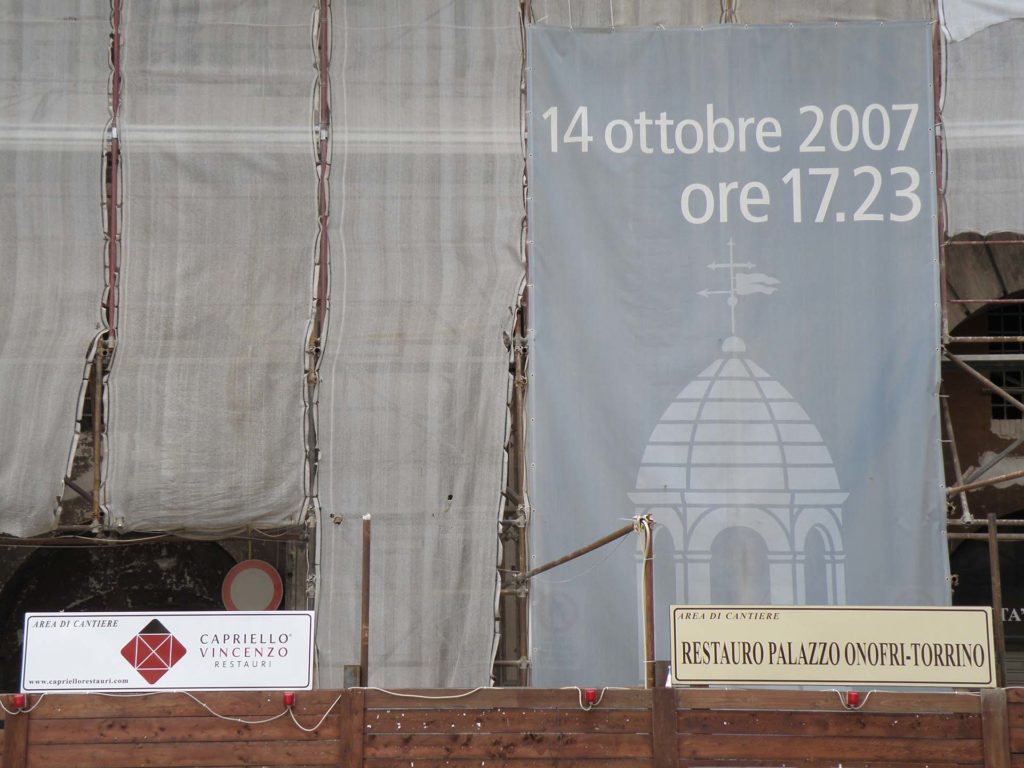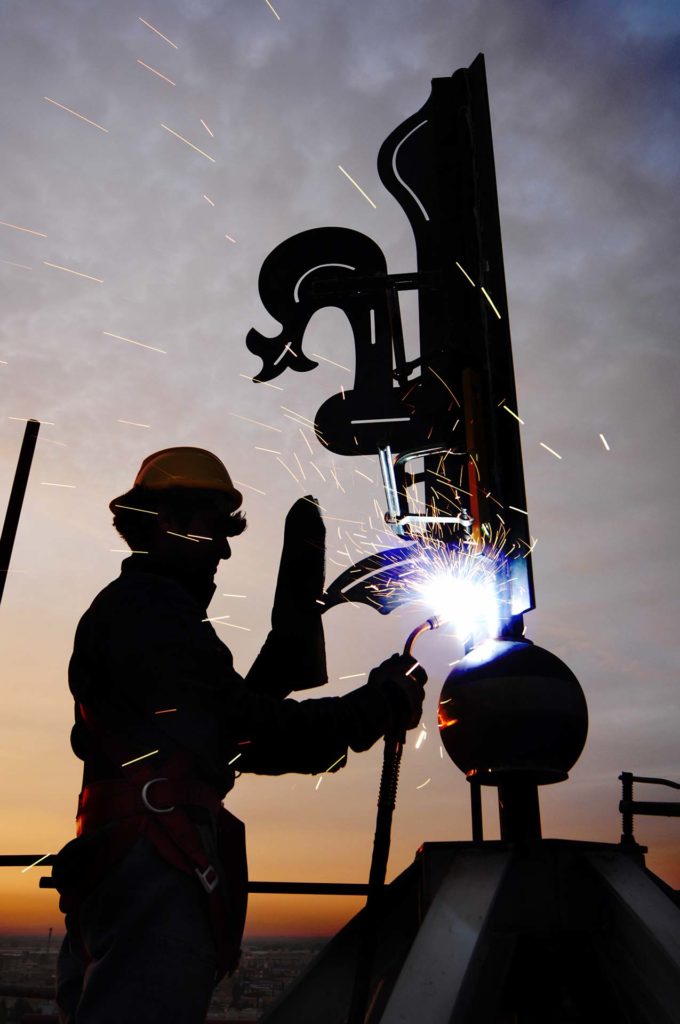Onofri Torrino Palace - Foligno (PG)
Palazzo Onofri, located in Foligno, is an urban agglomeration of considerable historical and monumental importance. Between 1835 and 1838, during the restoration works designed by Antonio Mollari, the building was completed with the addition of the facade, which was built in neoclassical style. The interior is divided into rooms of great value, such as the Council Room, which has a stone fireplace of 1547 and a pictorial decoration by Mariano Piervittori.
The Palace is home to the Museum of the Municipal Institution, dedicated to the history of the City with documents and costumes of the ancient magistratures. During the earthquake of 1997 the sixteenth-century crowning of the ancient medieval tower, also called "torrino" was seriously damaged. Palazzo Onofri has a cellar in the basement which can be accessed through a staircase that descends from the inner courtyard. From this room you then descend inside the breccioso bank in a tunnel that penetrates into the depth of the ground, is extremely impressive and is one of the best evidence of "conserves" the noble palaces of Foligno, with terracotta stairs, and a series of side arches that contain niches directly carved into the rock. At the end of the path there is a dodecagonal room with a spherical vault with a low sixth. Continuing westward, the building preserves all the original rooms that were used as an archive of documents of the municipality.
The works concerned the construction of an air conditioning system in summer and winter service that allows you to power, with separate hydraulic circuits, the various areas in which it was functionally divided. In order to allow the construction of the technology plants, a deep intervention was carried out both architectural and structural on the third level by recovering some existing environments not usable; the refrigeration unit was, instead, placed
in a solar slab, always made at the same level, which also serves as an open access to the heat plant. The local thermal power plant, with pitched roof, has all the safety and ventilation requirements required by current legislation as approved by the Provincial Command of Firefighters of Perugia. In addition, a water system capable of meeting the needs of the toilets, consisting of two separate supply lines: one for the sinks and one for the waste cisterns; the choice was adopted on the basis of previous and positive projects adopted by the Administration in other public buildings and also provides for a double pressurization line. Complete the equipment, the fire protection system that feeds the frogs of the entire building.













